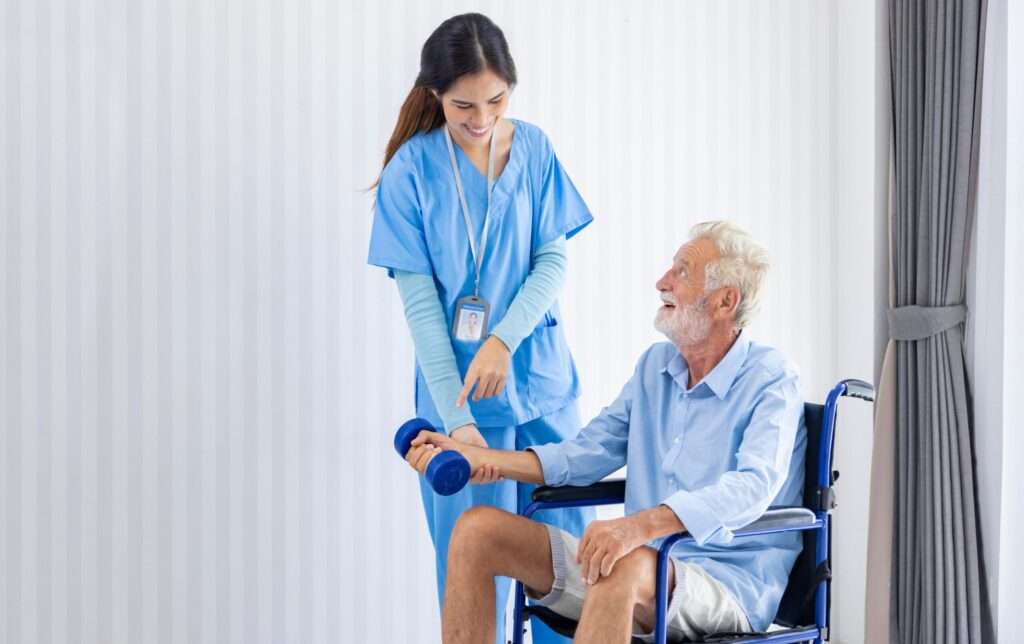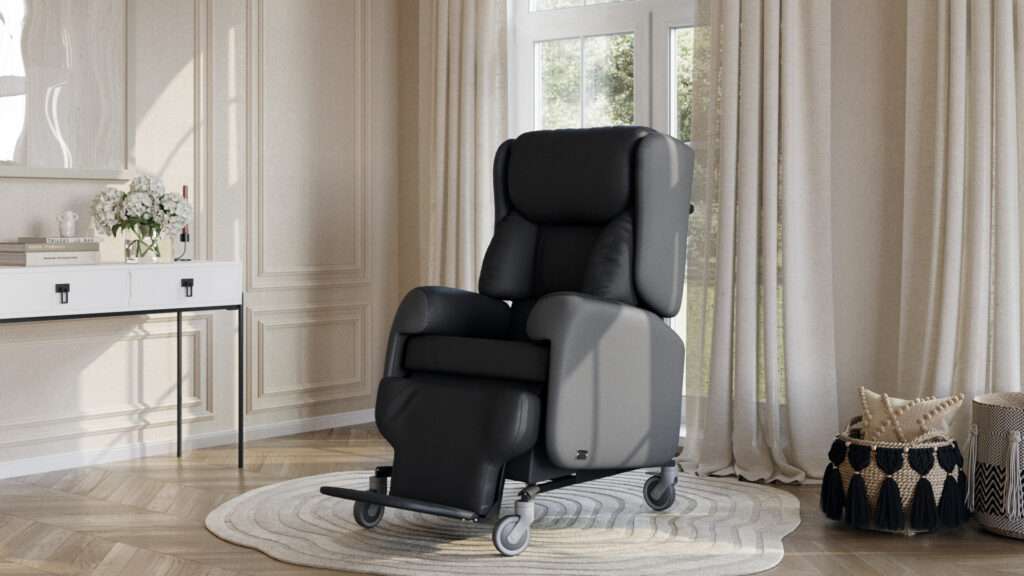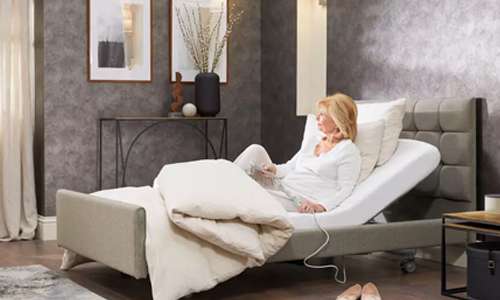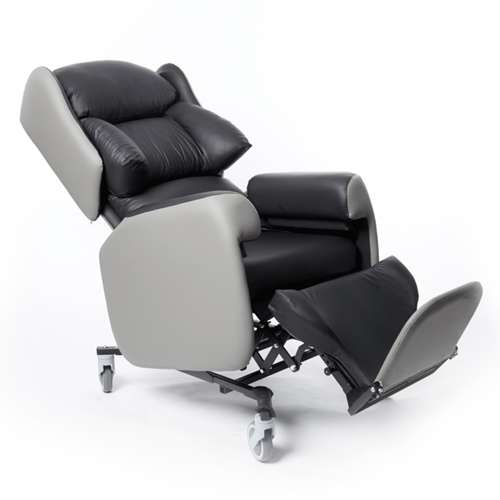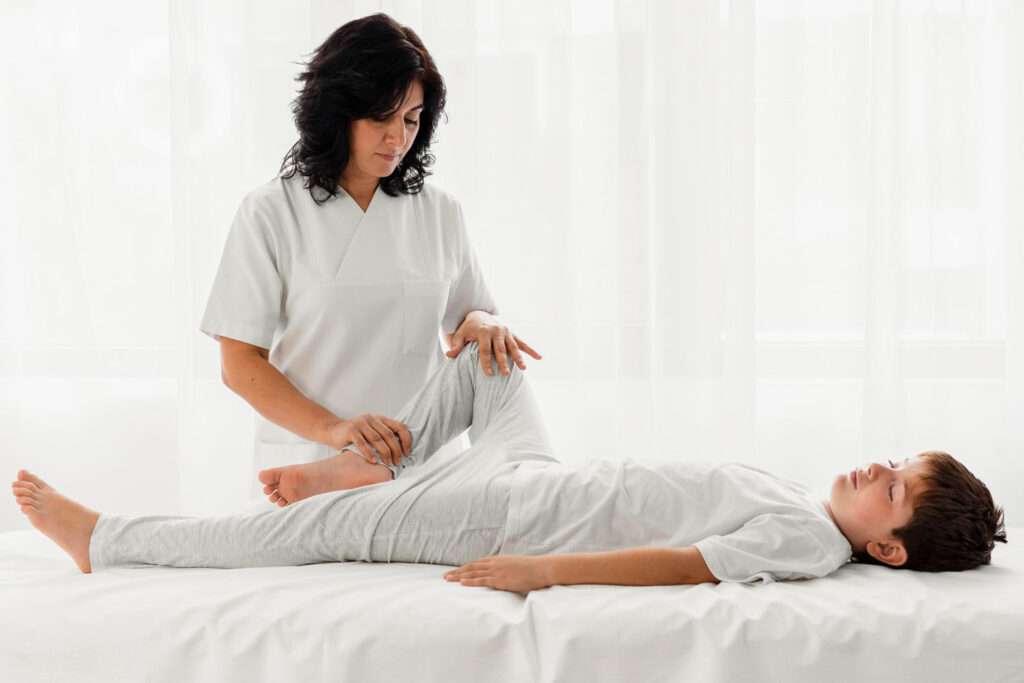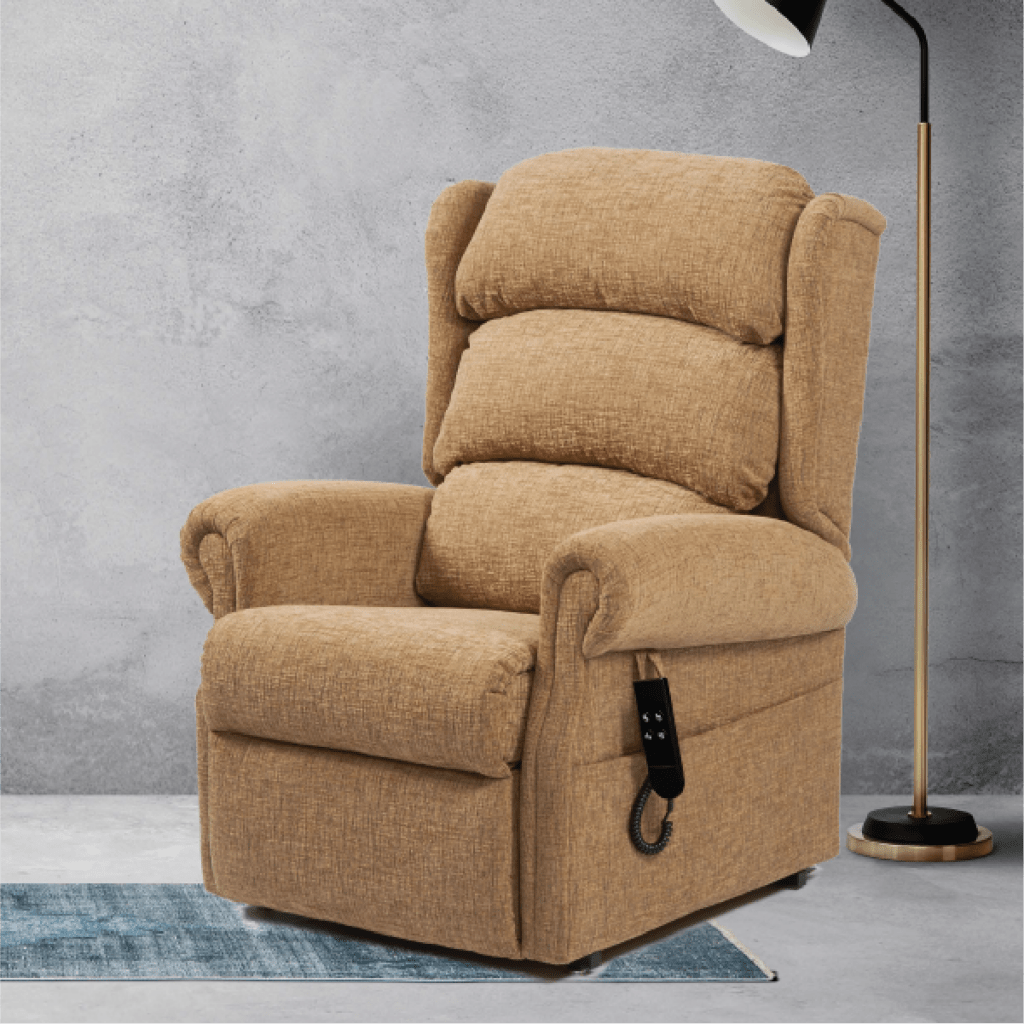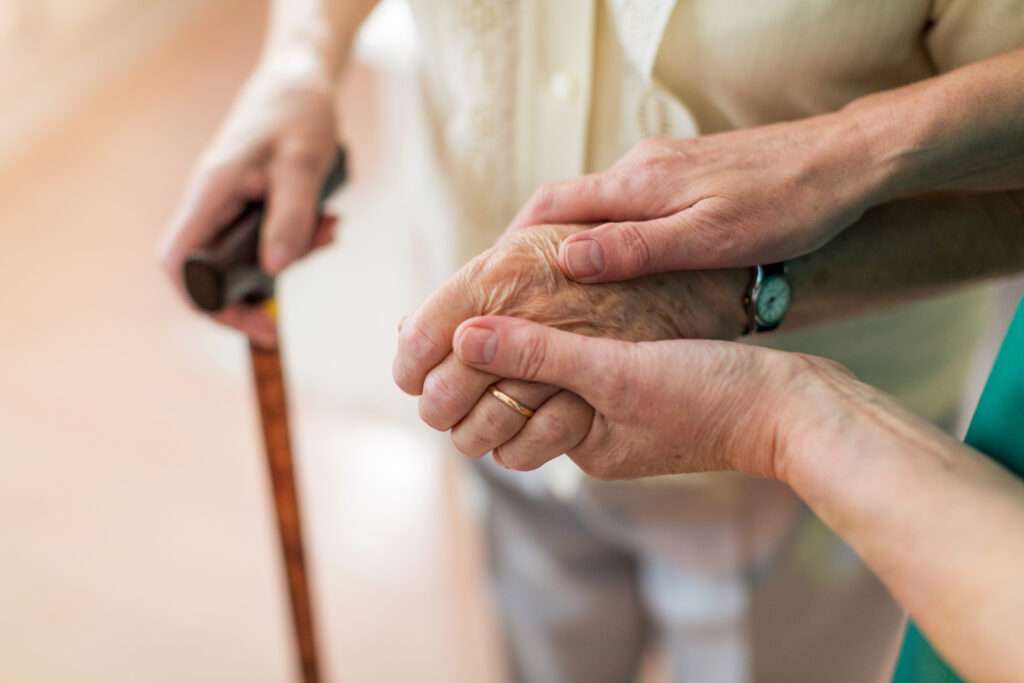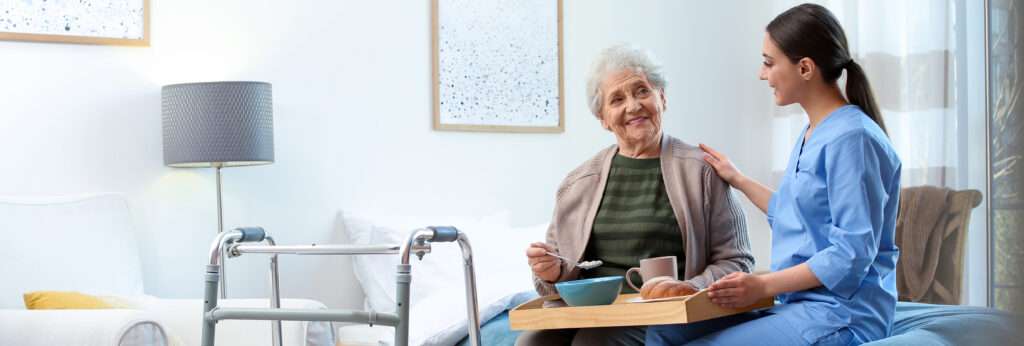Jump straight to…
Occupational therapists, and other healthcare professionals, prescribe specialist seating for many different reasons. Having the correct support and positioning when sitting helps with treating all kinds of illnesses, injuries and conditions. Therefore, seating forms part of the treatment plan for thousands of people across the UK. It is a valuable piece of equipment for enhancing quality of life and independence!
Sometimes, an individual will need specialist seating for the rest of their life. Other times, they will only require specialist seating temporarily to aid rehabilitation and recovery.
This guide covers some common scenarios where specialist seating is used to support recovery. As well as explaining the key features to look for when choosing specialist seating for rehabilitation.
When is specialist seating used for rehabilitation?
Typically, specialist seating will be used to help treat issues like mobility restrictions, poor balance, muscle weakness etc. Here are some common use cases:
- Recovery after a stroke
- Brain injury rehabilitation
- After injury or surgery to the hips or knees
- When someone has been bedridden e.g. during a hospital stay and after discharge
However, there is a wide range of specialist chairs available. Different models are designed to support people with different abilities and challenges.
So, specialist seating could help with rehabilitation for any number of conditions, illnesses, and injuries.
If you think someone would benefit from a new chair, ask a specialist!
Our assessment team carry out free seating consultations. They will be happy to offer advice and suggestions.
Features to look for in chairs for rehabilitation
Focusing on the common rehabilitation scenarios listed above, there are three key features you should consider when choosing a chair.
1) Tilt-In-Space
Tilt-in-space is one of the most popular specialist seating functions. It offers several benefits for the user — especially throughout rehabilitation!
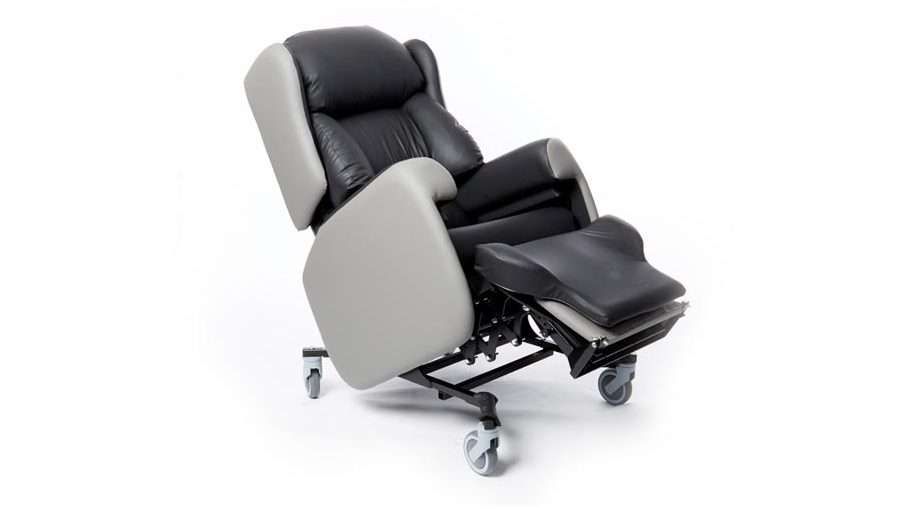
With a tilt-in-space function, the seat can be tilted backwards without changing the user’s knee or hip angle. You can see how the action works on the Lento Care Chair
This is ideal in the early stages of recovery. When someone still feels very unwell and spends most of their day sitting unable to move much, tilt-in-space helps to easily reposition them.
Regular repositioning is crucial!
Sitting in the same position for too long allows pressure to build up in specific areas — often the buttocks or lower back. This can quickly lead to pressure ulcers if left untreated.
During rehabilitation, the last thing anyone needs is to develop a pressure injury. They are painful and an infection risk. It will make their recovery time longer and more complicated.
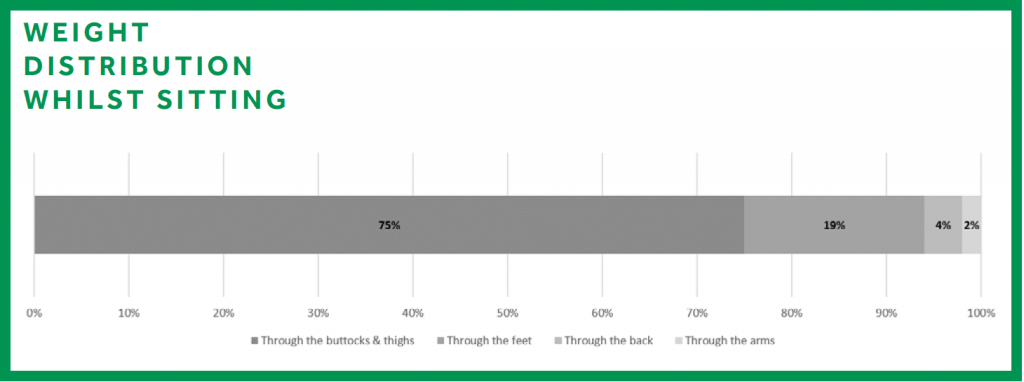
Fortunately, tilt-in-space helps to redistribute the user’s body weight throughout the day. So, pressure never builds up too much in one area.
Promotes good breathing, communication, and swallowing
As well as taking the pressure off, tilt-in-space can help to improve other everyday functions.
Altering the seat’s back position helps the user to maintain good posture. This opens up the chest and keeps their head up which promotes good breathing and can make communicating, eating and drinking much easier.
Think about independence
You can get chairs with electric tilt-in-space, which the user can operate themselves. Or you can choose manual tilt-in-space, which requires help from a carer.
Electric tilt-in-space is usually slightly more expensive. But, if the user can operate the chair themselves, it really enhances their independence.
For many people, independence makes them feel more positive about their rehabilitation, which is linked to quicker recovery times!
2) Riser function
Rise and recline chairs recline back so the user can sit back comfortably. But they also have a riser function which helps the user to sit down and stand up safely.
For anyone who is mobile but struggles with weakness or stiffness in the lower body, this is perfect!
As the whole chair rises, the seat tilts forward slightly at the same time. This means the user remains supported all the way from sit to stand. It takes some of the weight off their feet, avoiding falls or other injuries.
You can actually use this function to support other rehabilitation exercises! If sit to stand transfers are a key problem for someone, they can use a riser recliner chair to practice. However, we always recommend speaking to your OT or physiotherapist before trying any new techniques.
3) Adjustable support
An adjustable chair is extremely helpful during rehabilitation. You avoid having to replace the chair as the user’s condition improves.
This saves time and money because you won’t need to buy multiple chairs to help one person. More importantly, the user can focus on their rehabilitation rather than repeatedly having to get used to new chairs.
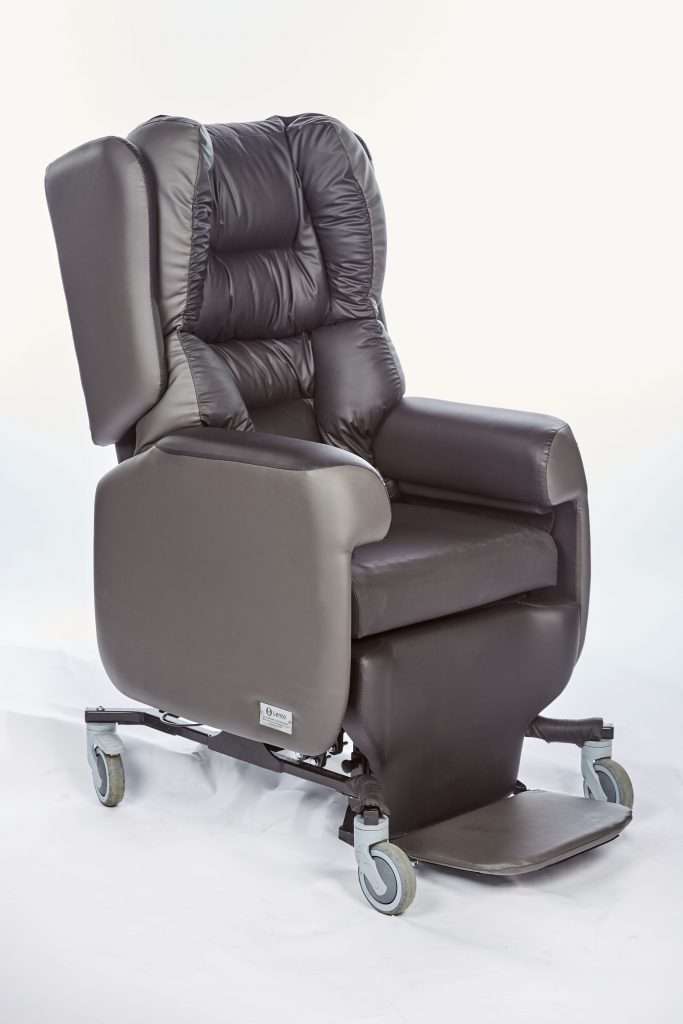
Popular in loan stores who specialise in equipment for rehabilitation. Not only will it suit someone throughout their entire rehabilitation journey, but it can also be sanitised and readjusted to help someone else afterwards!
The Lento care chair is fully adjustable. You can alter the posture support and pressure relief levels to suit someone as they progress from high risk to low risk. The backrest can be altered to change the levels of trunk support. Plus, all the seat sizing can be adjusted if weight changes are expected throughout recovery.
Best chairs for rehabilitation
What is the best chair for someone going through rehabilitation? Not every person will need all three features we’ve discussed here. There’s also a difference between which chair is best for rehabilitation in hospitals and at home. So, we have three top recommendations:
1) ProSpec Hospital Chair – The ProSpec has been designed by hospital teams for hospital use. It’s flexible, with built-in seat height and depth adjustability. Plus every aspect is focused on tissue viability to prevent pressure injuries. If you’re looking for a bedside chair to aid patient rehabilitation for discharge, the ProSpec is our top choice.
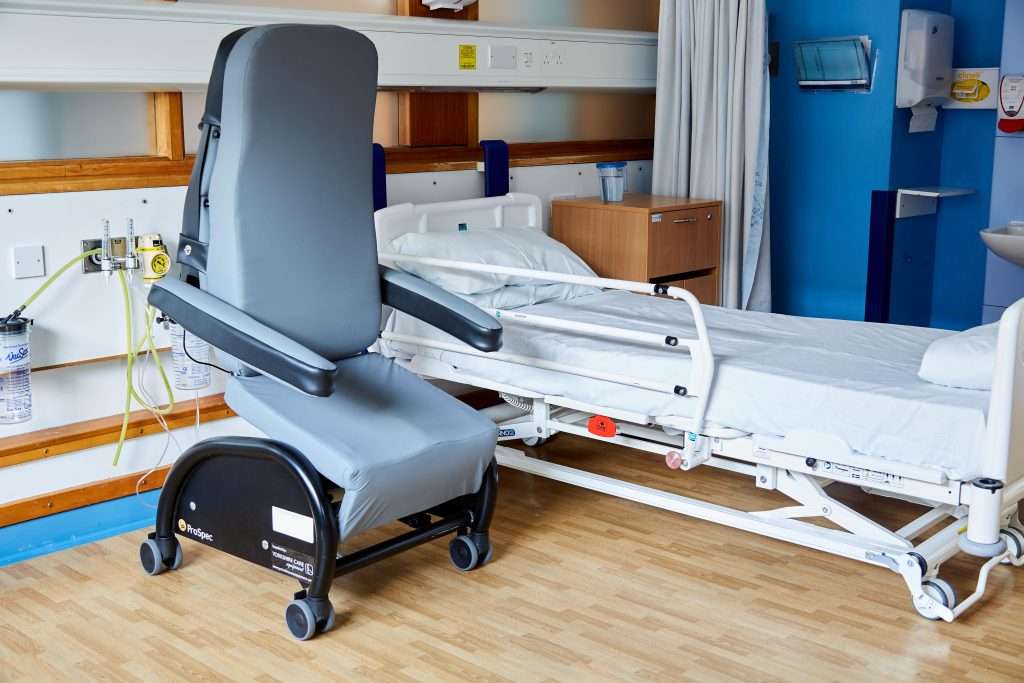
2) Dales riser recliner chair — If sit-to-stand assistance is a top priority and you want the benefits of tilt-in-space, we recommend a chair from the Dales riser recliner range. They are great for home use. Plus, they’re available in a range of sizes, colours and fabrics to suit different users.
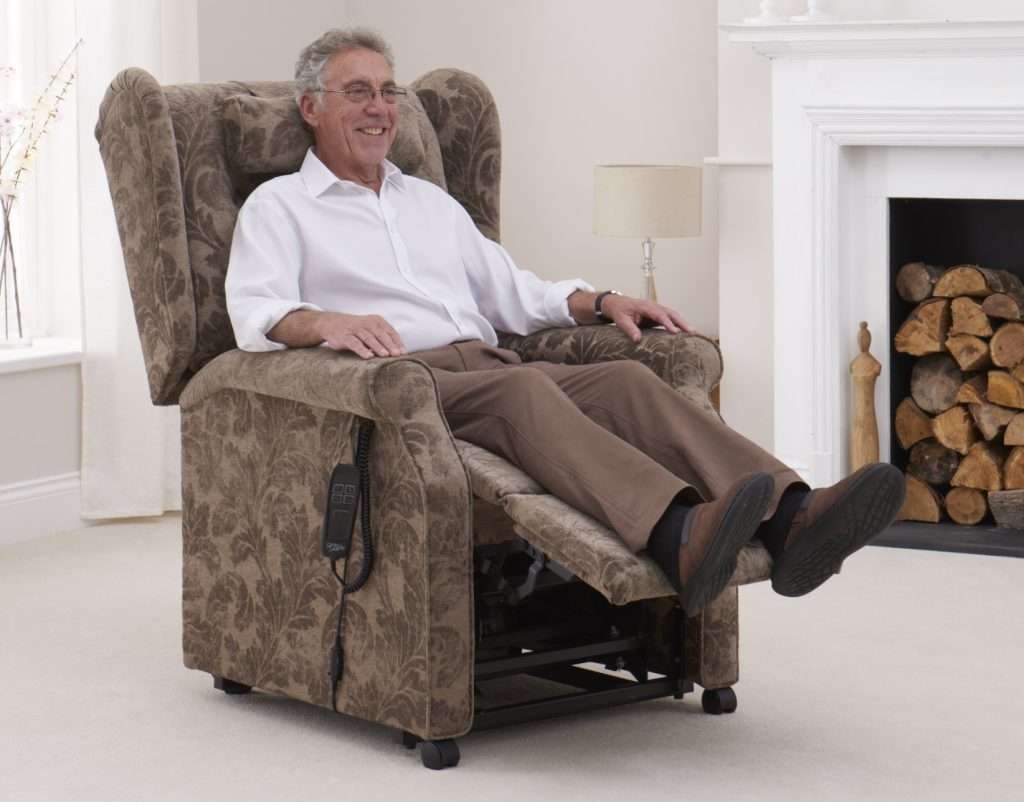
View Copgrove Rise and Recliner Specifications
3) Lento care chair — If adjustability is key, and especially if the user is hoisted, we recommend the Lento care chair. The size, support and positioning can all be tailored to the individual user.





